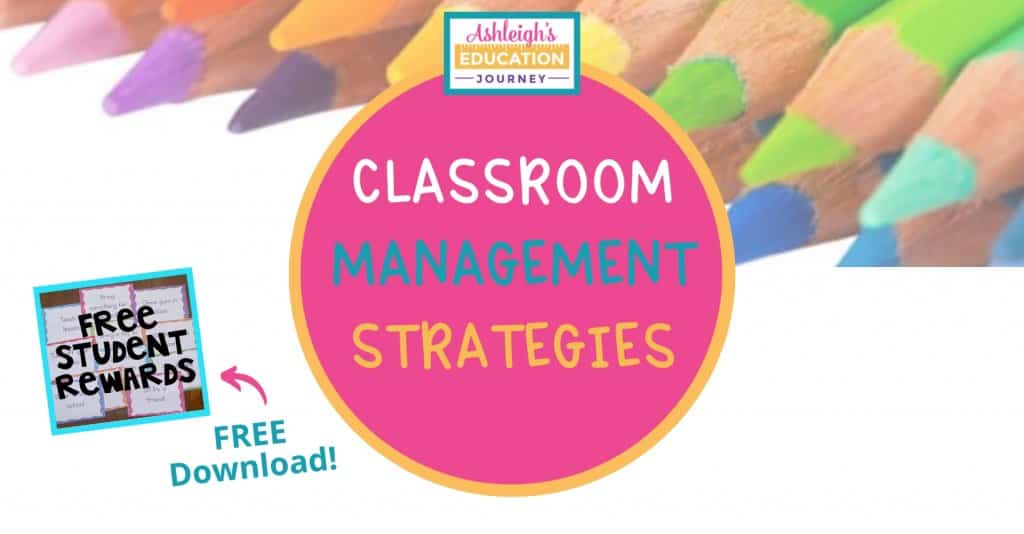
Classroom management strategies has to be one of the most important, and often challenging, parts of teaching. I substituted while I was in college, so I quickly learned that if I wanted to survive as a teacher, I needed to learn how to manage a classroom. My first group was by far the most challenging class I’ve ever taught. I was immediately put to the test in a big way. I made mistakes along the way, but we survived.
Over the years I’ve fine-tuned my classroom management strategies, and I’d love to share some of those ideas. Hopefully some of these ideas will be useful to you.
In this post:
- Relationships
- Prevention
- Procedures
- Engagement
- Understanding
- Intrinsic Motivation
- Behavior Documentation
- Positive Reinforcement
Relationships
Relationships are the absolute key to classroom management. Students perform SO MUCH better for me when they feel valued and respected. I like to know who my most challenging students will be before the first day of school, because I make it my top priority to build a positive report with that student. It’s important to find some way to make that student feel excited and special on the first day of school. I have to get that student on my side right away. That way if and when a concern does arise, I’m able to have a positive conversation with the student. Over the years, I’ve also found that humor is my best friend when it comes to classroom management. I’ve been in countless situations that could have gone downhill quickly, but I was able to deescalate the situation with humor.
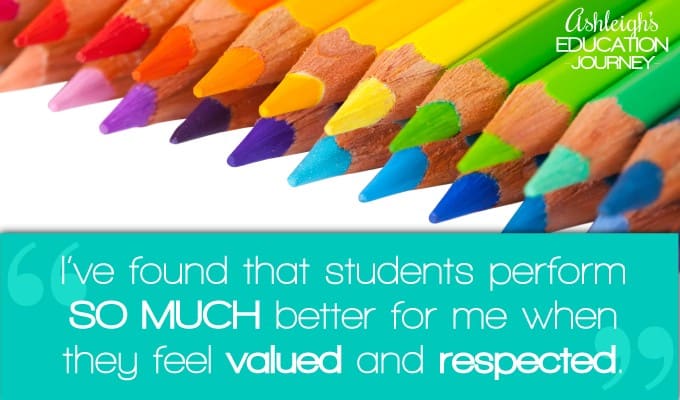
Prevention
What they say is true, “An ounce of prevention is worth a pound of cure.” I cannot emphasize enough how important it is to prevent classroom management problems by paying particular attention to classroom set up and layout. Arrange your classroom to fit with your style of teaching. If you want a silent classroom, seating students in groups probably won’t be the right set-up for your classroom. Avoid seating students near high traffic areas. Think about proximity-especially for those students who need the most behavior support. Separate students who shouldn’t be together.
Procedures
You can’t underestimate the importance of clear and established procedures, when it comes to classroom management strategies. I explicitly teach procedures the first few weeks of school, and we review them as necessary. Sometimes I feel a bit silly being so explicit, but it really does pay off in the long run. I’ve made a Classroom Procedures Booklet that we complete together on the first day of school. It serves as my reminder for what I need to to teach, and it helps keep students focused.
Engagement
I like to think that all of my lessons are completely captivating and interesting for my students, but let’s get real. That may not always be possible, and I definitely notice a dramatic decline in behavior when students are bored. I think that giving students plenty of opportunities to talk and move around the classroom will prevent behavior problems. I try to develop lessons that will keep students motivated and engaged.
Understanding
This really ties back in to relationships. Remember those relationships are your most important classroom management strategy. When behavior problems do arise it’s important to understand the root or cause of the behavior. In my experience one of the most common cause of a student’s acting out is frustration. The student may be experiencing turmoil at home. The student may be academically behind his or her peers and has reach a level of discouragement, where he/she misbehaves to deflect from their academic problems. Understanding your students will allow you to help them make better decisions in the future.
Intrinsic Motivation
While in just a few paragraphs down I talk about positive reinforcement, I do think it’s important to address intrinsic motivation. I want my students to behave, because it’s the right thing to do, not because they want to get something. I give all rewards VERY sparingly, because I don’t want to train students to do things just for a treat or prize. When I moved to a new school that had very little, if any, external rewards I was a little nervous. However, I was soon amazed at how hard the students worked, just because that was the expectation.
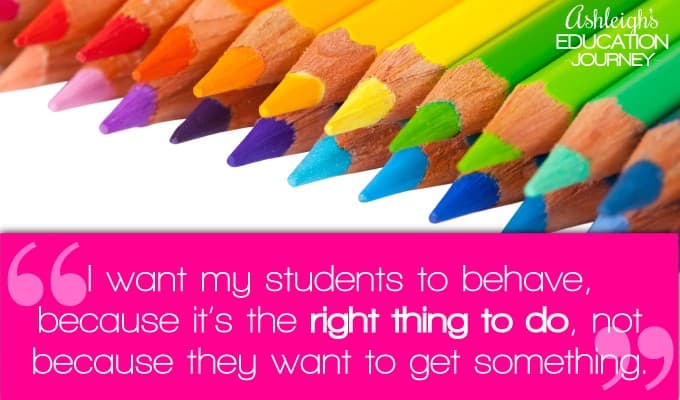
Behavior Documentation
Through trial and error, I think I’ve finally found a behavior documentation system that works for us. It’s very basic and low maintenance, but I like it. My partner and I use it for keeping track of behavior, reading logs, and homework. I’m not a huge reading log fan, but we really don’t have a choice, so I added it. I love having all this documentation on one piece of paper and was surprised to see how handy it could be during parent conferences. You can download a copy of the behavior management form here. I’ve left it in Word, so you can make changes as needed. You can download the new version of the behavior log here.
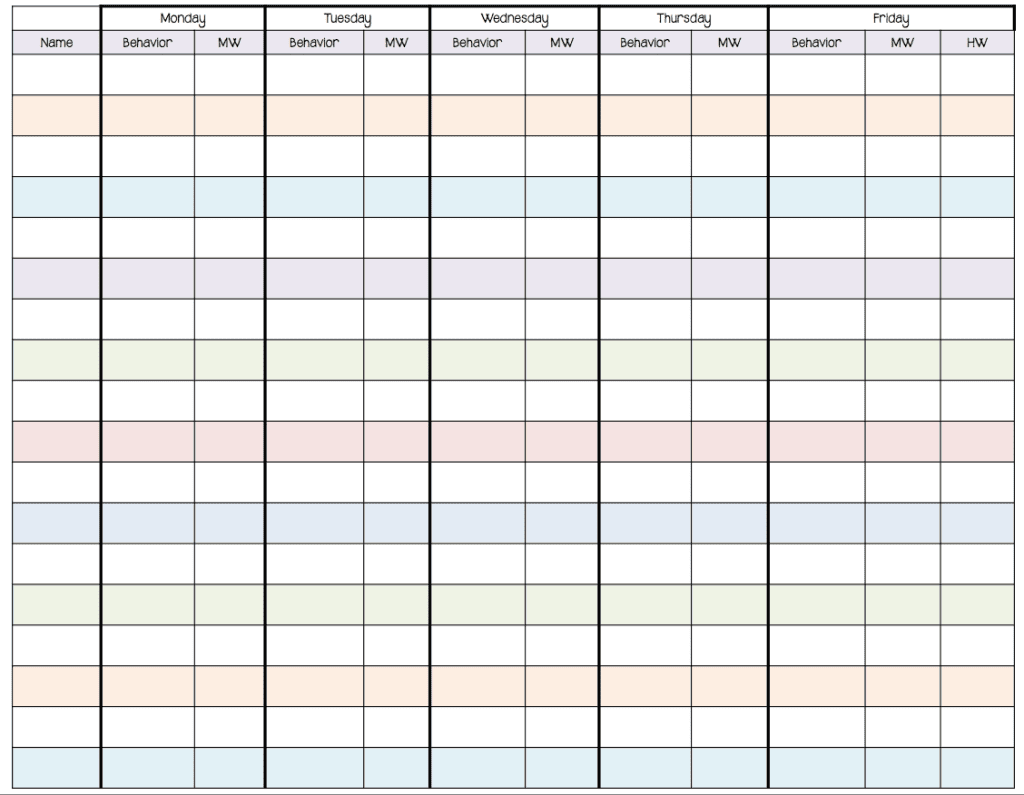
Positive Reinforcement
A couple of years ago my aunt gave me the idea of using brownie points as an incentive for my students. To earn a brownie point my students must receive a compliment from another adult or as a class show extraordinary behavior. When they earn a brownie point they get to put a ‘brownie’ on the pan. When the pan fills up, I have to make them a batch of brownies. They LOVE earning brownie points and really work to earn them. I use a metal cookie sheet and crinkled brown construction paper for my brownies. I’ve attached a magnet to the back, so I can use the paper over and over again. When students fill the pan with “brownies”, they can to have a small party (popcorn party, popsicle party, etc.). It has to be quick and easy for me!

I have group and individual incentives, but I like the addition to this whole group plan. It allows students to encourage each other to be on their best behavior at all times. My FAVORITE strategy is giving table points. I have six tables in my classroom, and I have a little section of my dry erase board dedicated to “table points”. I give tables points for doing things exceptionally well. For example, if a table is showing great accountable talk to doing a wonderful job of cleaning up, I’ll give that table a point. At the end of the week, the table with the most points goes to the treasure chest.

I’ve made FREE student rewards to place in a treasure chest that you can print and cut out. It’s completely up to you on whether or not you want to seal or not seal them in an envelope. You can reuse the cards or allow students to keep them, whatever works best for you! Download this color version here.
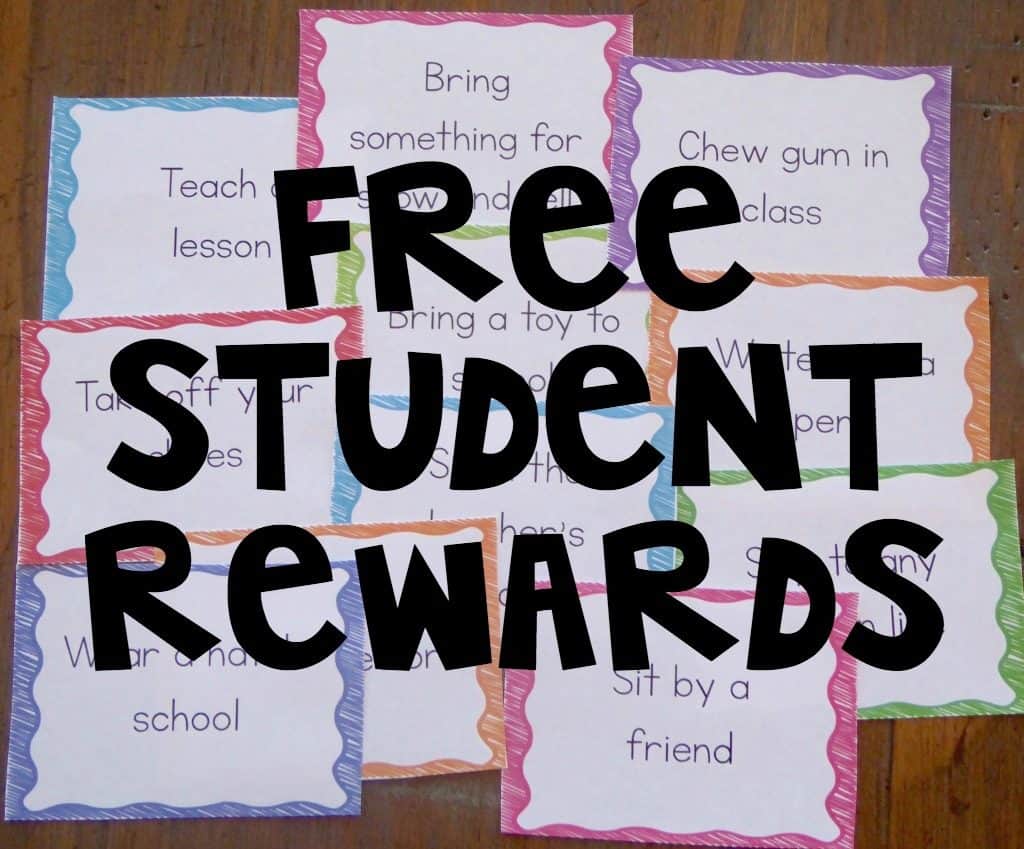
I hope you were able to find some great ideas for classroom management. Feel free to comment with your favorite strategy!

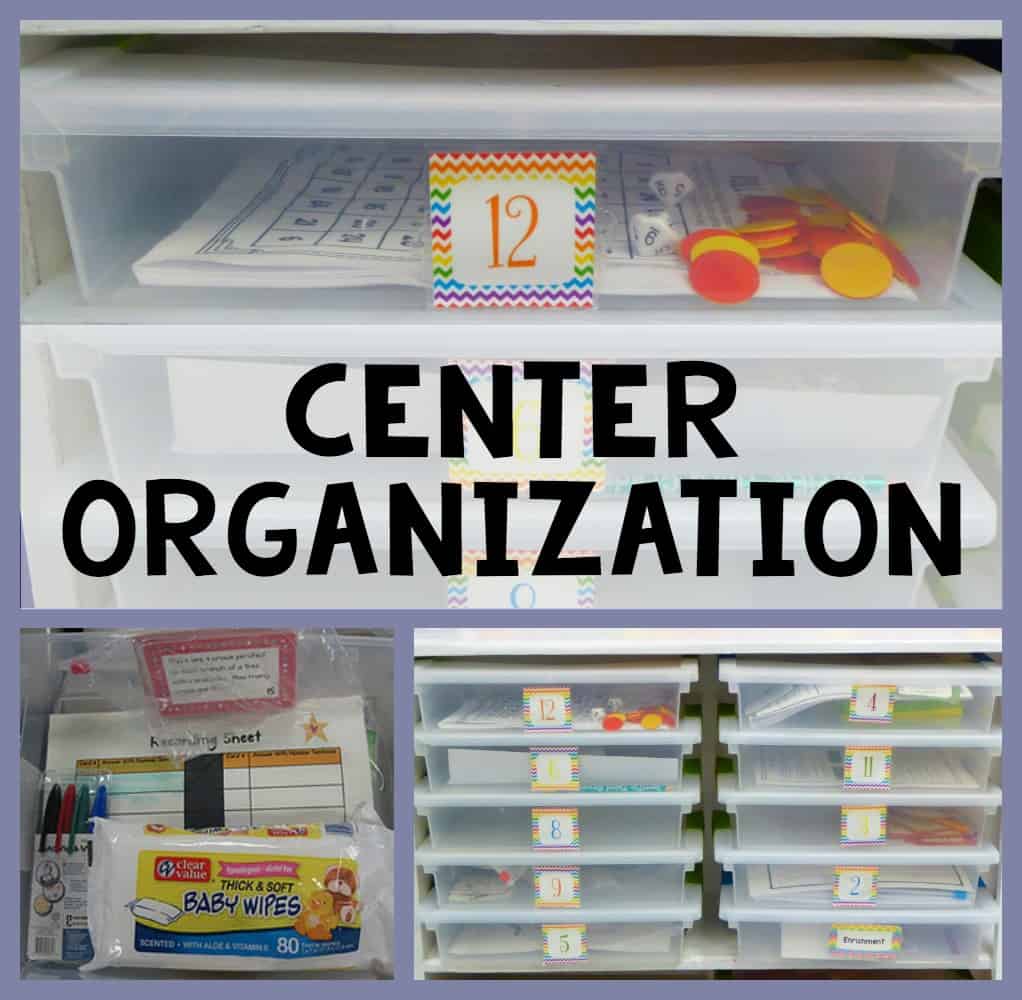
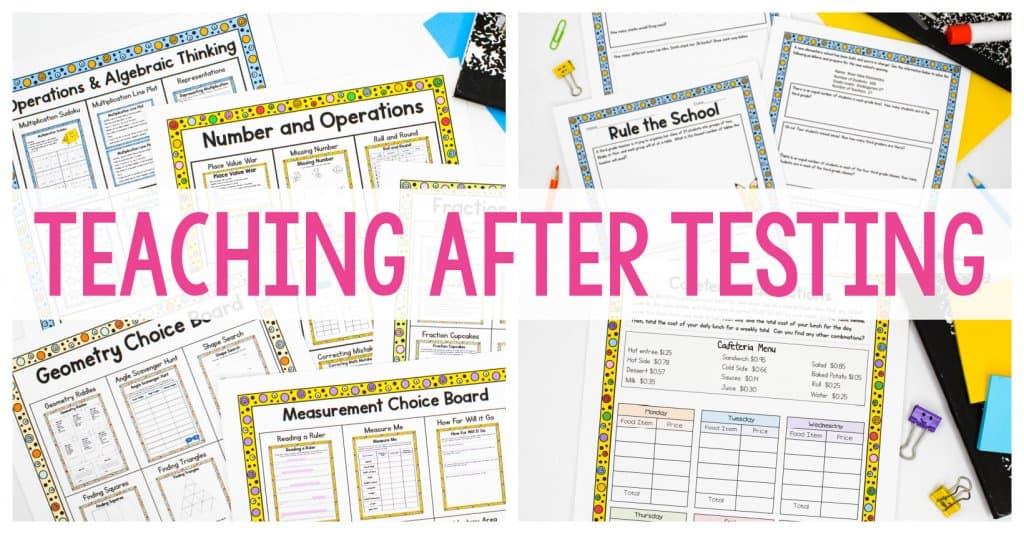
I love every bit of this!! Can you explain the category names on the behavior sheet? Thank you!
Those are all different for me now. It depends on the grade and subject I’m teaching for the year. Right now, I only include behavior and hw for homework.
Are you able to share your procedures booklet? I’d love to see it!
Thank you!
I added the link to the post. I don’t know what happened to it!